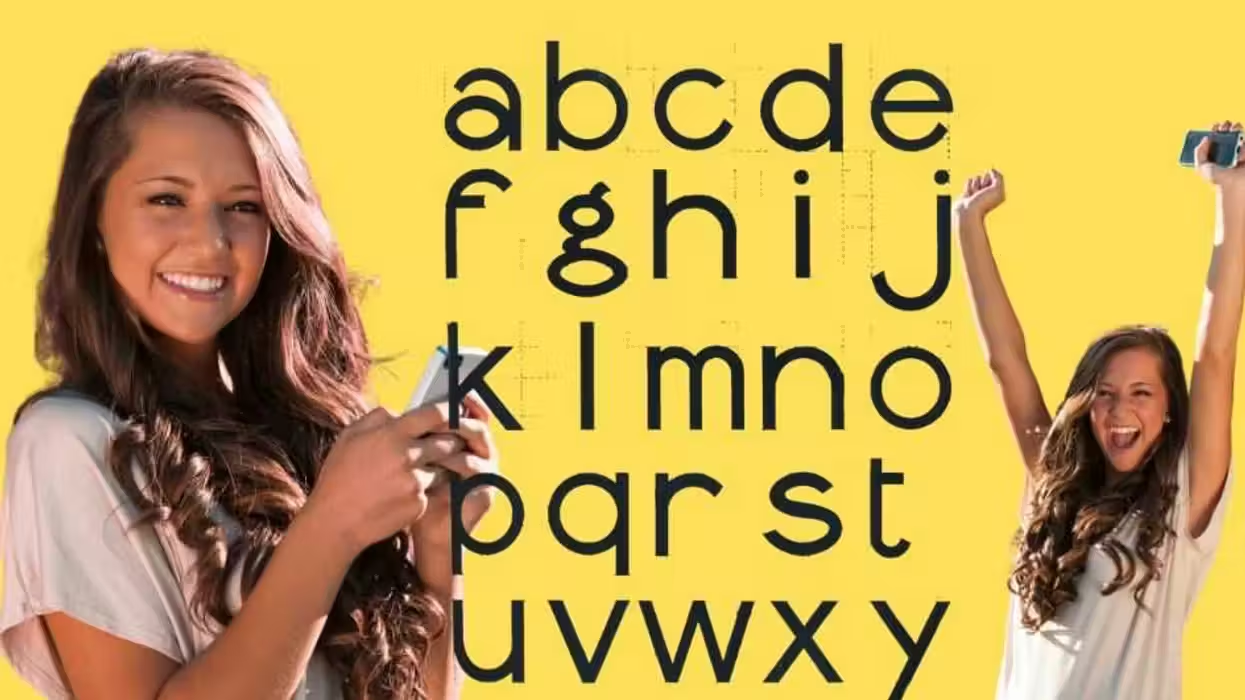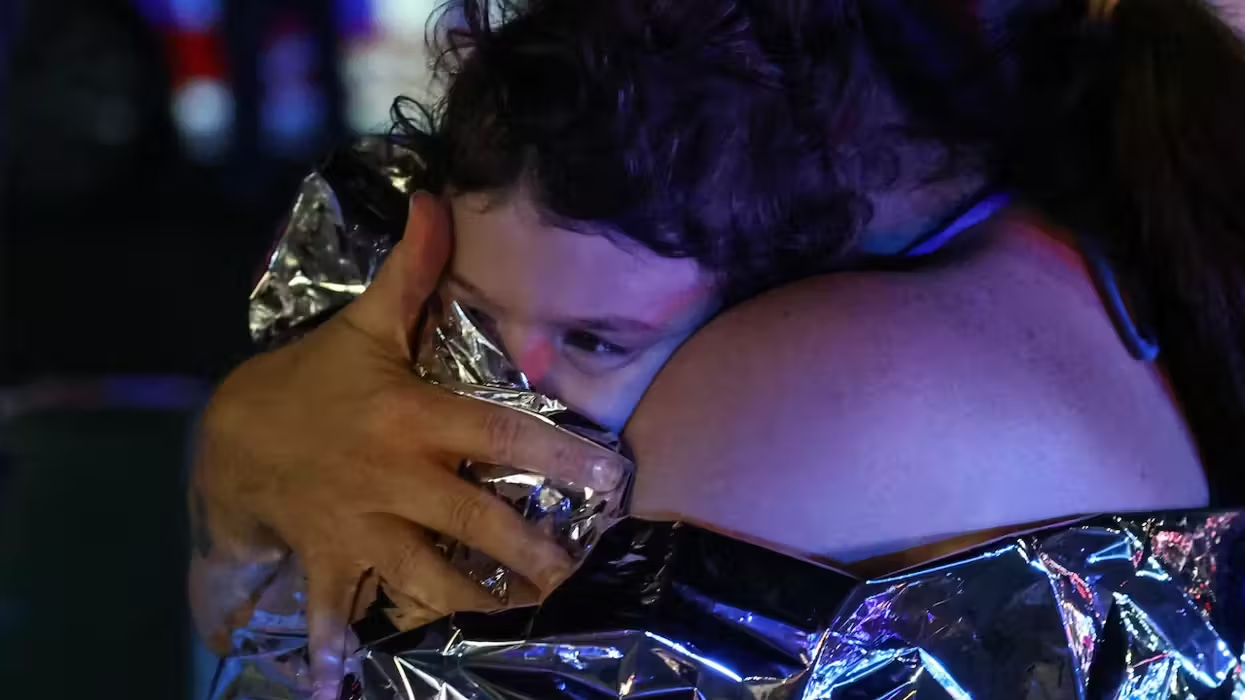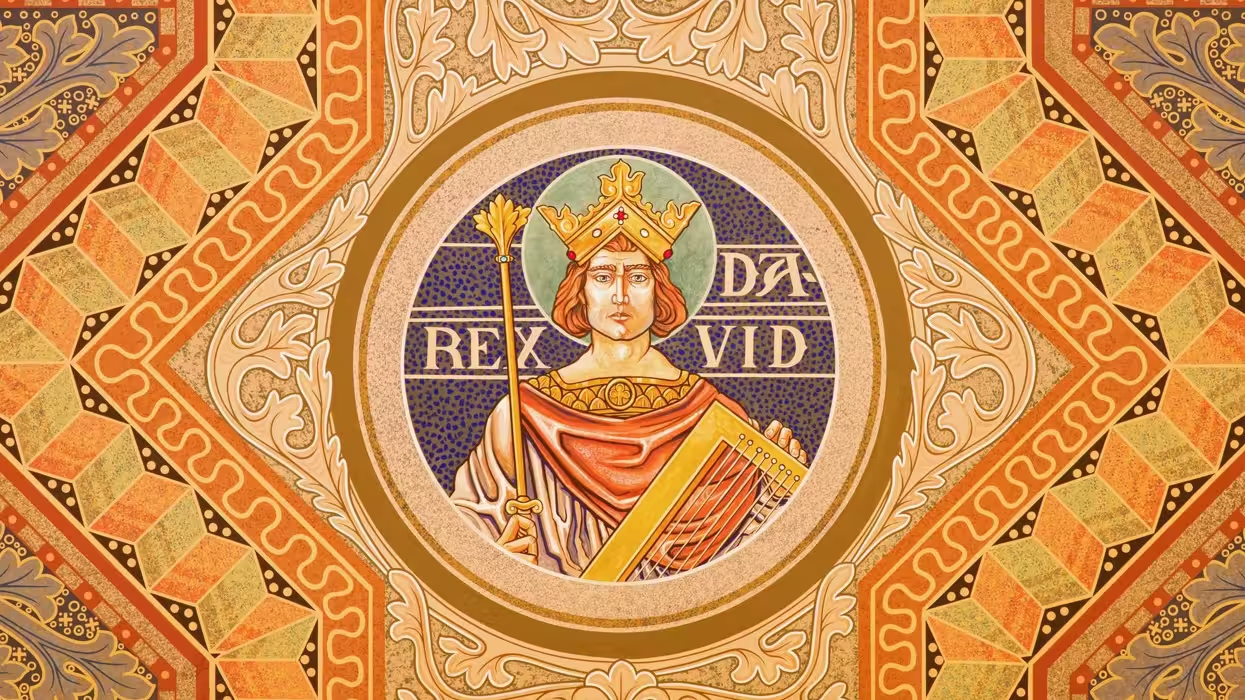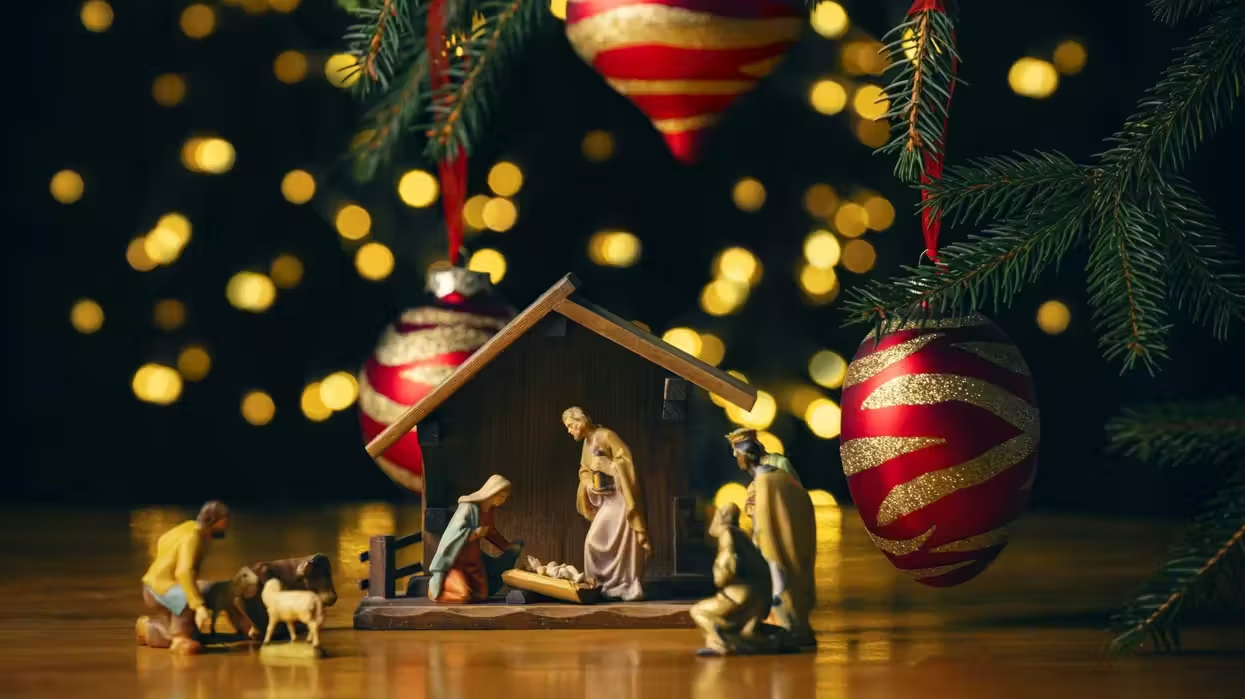
© 2025 Blaze Media LLC. All rights reserved.
"Taxpayers will have to pay to inspect, correct, produce, transport, and secure all the additional money that will replace the botched notes."
Due to a printing error committed by its Washington, D.C., facility, the Federal Reserve’s rollout of the new $100 bill has hit yet another serious snag, David Wolman writes for The New Yorker, citing a document from the Bureau of Engraving and Printing.
The Federal Reserve has for the past few years been meaning to introduce a sleeker, sharper and more technologically advanced $100 bill. In fact, the new bill was supposed to be released in 2011. However, the scheduled release was pushed back because of a printing error that left blank spots on the bill.
And now there’s another problem involving a thing called “mashing,” according to bureau spokeswoman Darlene Anderson.
 The new $100 bill. (Image source: U.S. Treasury)
The new $100 bill. (Image source: U.S. Treasury)
Wolman explains: “When too much ink is applied to the paper, the lines of the artwork aren’t as crisp as they should be, like when a kid tries to carefully color inside the lines—using watercolors and a fat paintbrush.”
“Mashing,” according to Anderson, is “infrequent.”
Still, the latest printing error has left stacks of the redesigned bills “clearly unacceptable” – and they are mixed with passable ones, said bureau director Larry Felix in a July memo, adding that the Fed will return more than 30 million hundred-dollar notes and demand its money back.
This means that another 30 billion dollars’ worth of paper “sits in limbo awaiting examination,” writes Wolman.
Due to the lack of quality control, Fed officials announced they will not accept any $100 notes from the Washington, D.C., facility until further notice. This means it falls on the printing facility in Fort Worth, Texas, to help the Fed meet its Oct. 8 deadline for putting the new bills into circulation and delivering its cash orders.
And the Fed doesn't really have a choice.
“There are dire consequences involved here because BEP sells Federal Reserve notes to the Board to finance our entire operation,” Felix’s memo reads. “If the BEP does not meet the order, the BEP does not get paid.”
Though it’s difficult to put a dollar amount on the cost of the printing error (the Fed has little interest in figuring this out), it will most likely be taken out on U.S. taxpayers.
“Taxpayers will have to pay to inspect, correct, produce, transport, and secure all the additional money that will replace the botched notes. Disposing of the bad bills? That’s on taxpayers, too, as are the additional hours spent making up for the mistake by employees of the bureau,” Wolman writes.
And let’s not forget the psychological toll the printing SNAFUs could take. Faith in U.S. currency is everything. If people lose faith in the ability of the Fed to produce trustworthy and reliable bills, those bill may lose their value.
“The situation is akin to a magician getting caught unloading a crate of bunnies from the back of his truck,” Wolman explains.
“It threatens to injure the aura—the almightiness—of the dollar that enables most people to go about their business without ever stopping to examine the bills in their hand or to contemplate what gives them value.”
--
Follow Becket Adams (@BecketAdams) on Twitter
Featured image via Getty.
[related]
Want to leave a tip?
We answer to you. Help keep our content free of advertisers and big tech censorship by leaving a tip today.
Want to join the conversation?
Already a subscriber?
more stories
Sign up for the Blaze newsletter
By signing up, you agree to our Privacy Policy and Terms of Use, and agree to receive content that may sometimes include advertisements. You may opt out at any time.
Related Content
© 2025 Blaze Media LLC. All rights reserved.
Get the stories that matter most delivered directly to your inbox.
By signing up, you agree to our Privacy Policy and Terms of Use, and agree to receive content that may sometimes include advertisements. You may opt out at any time.






